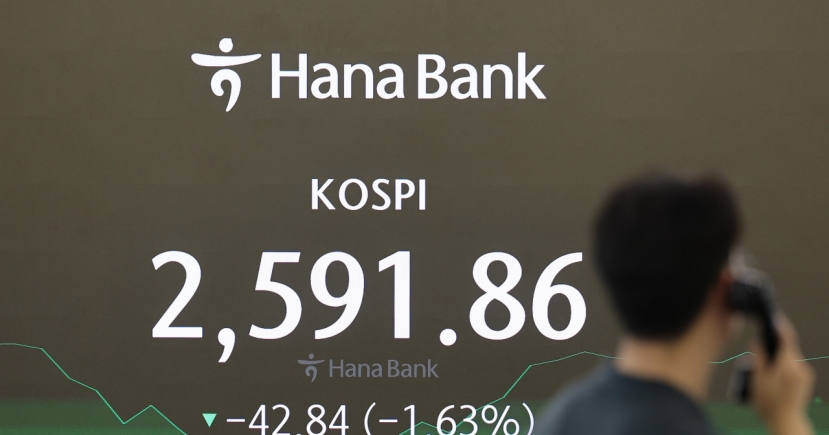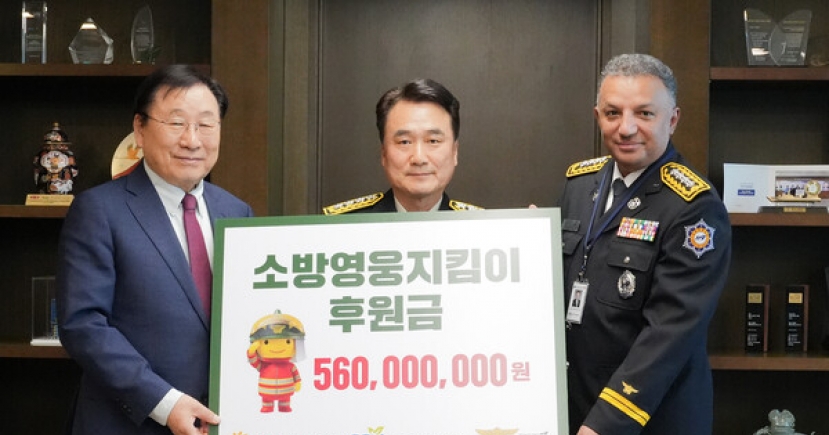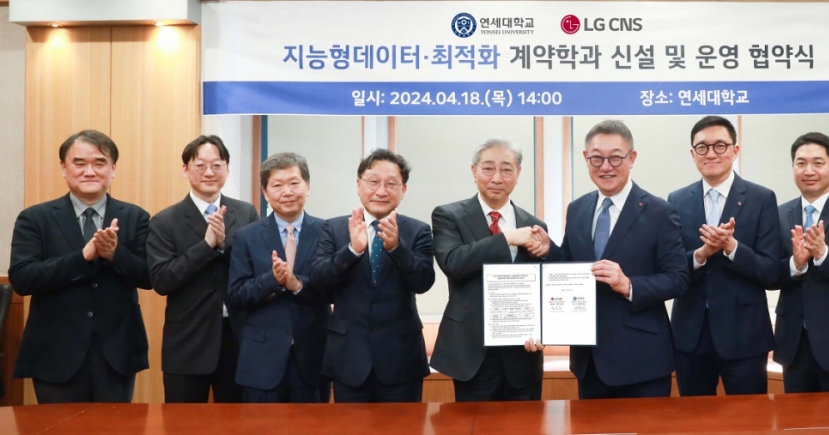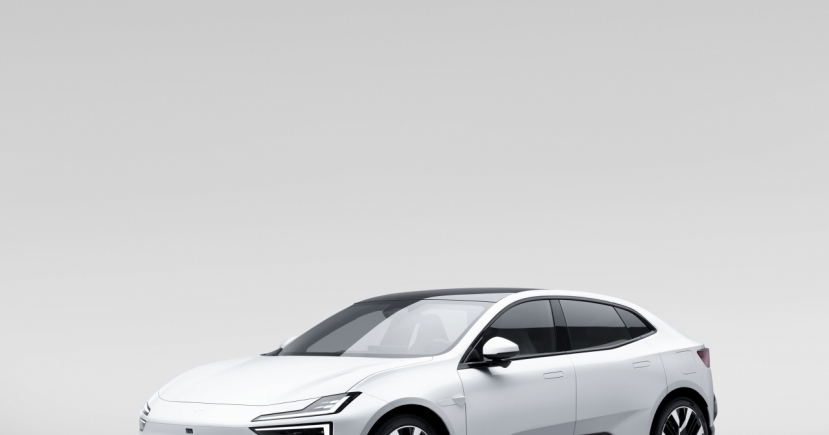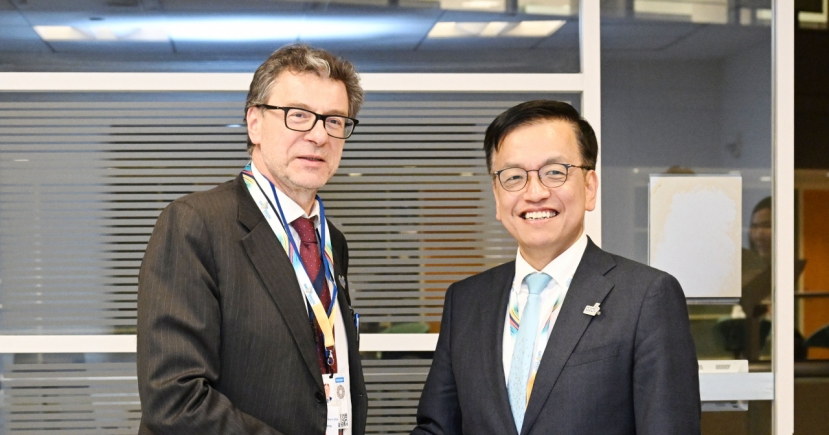Automobiles
[INTERVIEW] US, not China, could be SsangYong’s next target: Mahindra CEO
[THE INVESTOR] The diplomatic row between South Korea and China over Seoul’s decision to deploy a US anti-missile system has put SsangYong Motor’s much-awaited dream to build a manufacturing base overseas on hold.
But China is not the carmaker’s priority and it has more options in terms of overseas expansion, including the US, by around 2020, said the chief executive officer of Mahindra & Mahindra, an Indian auto giant that owns the Korean SUV maker.
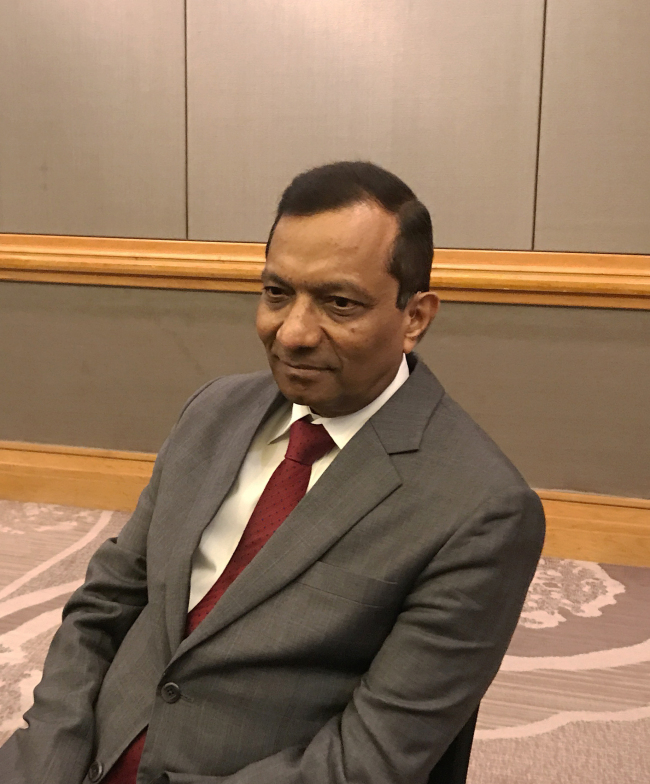 |
Goenka speaks in an interview with The Korea Herald in Seoul, Oct. 25. Mahindra & Mahindra. |
“We certainly need to develop two or three good markets for SsangYong outside Korea. China is one such possible market, but not the only possible market,” said Pawan Goenka, managing director of Mahindra Group and the chairman of SsangYong’s board, in an interview with The Korea Herald in Seoul on Oct. 25.
Along with China, the carmaker has been “very seriously” seeking opportunities to enter other key markets in the US, Russia and Iran.
Asked whether SsangYong’s entry to the US could be carried out ahead of China, Goenka said that SsangYong was in the process of seeking approval from its board for its US entry.
“We are working on the possibility of (entering the US in) 2020. The board of SsangYong will be deciding either at the Oct. 26, or Oct. 27 meeting to give an approval for the investment for the US,” he said. “And once the board gives the approval, then after that it is going to take about three or 3 1/2 years to enter the US.”
SsangYong will be making additional investments to make inroads into other markets and that will be done separately from the carmaker’s plan announced last year to spend 1 trillion won ($889.3 million) on the development of new products, he said.
The year 2020 coincides with the carmaker’s plan to launch a fully electric SUV. And the final list of potential battery suppliers both to SsangYong and Mahindra includes a leading Korean company.
“Definitely, we are in talks with a Korean battery manufacturer and working to sign a long term contract with a manufacturer very soon,” he said. “The Korean manufacturer is in the last two or three names we have. We probably will announce (the name of the supplier) in the next two months,” he added.
He did not specify the name of Korean firms such as LG Chem or Samsung SDI.
Goenka was in Seoul for a three-day trip that includes a board meeting on Oct. 26 and sharing the story of Mahindra’s acquisition of SsangYong at a breakfast meeting held by the Indian Chamber of Commerce in Korea. Mahindra is the largest Indian investor in Korea.
The Indian conglomerate acquired SsangYong from Shanghai Automotive Industry Corp. in 2011. It invested a total of 522.5 billion won to acquire 70 percent of SsangYong’s shares at that time. Two years later, Mahindra increased capital in SsangYong by 80 billion won, raising its hold of the carmaker’s shares by nearly 3 percent.
As of the first half of 2017, Mahindra held a 72.46 percent share, according to the carmaker, which generates 3.62 trillion won in revenue and hires nearly 5,000 local workers. Since it already holds a majority of shares, Mahindra has no plan to increase its shares, unless SsangYong needs more for its future growth.
“Ideally, we don’t want to hold any more than 72 percent. But the investment that SsangYong needs to make for the future, if more equity is required from Mahindra, and if that is we have to invest more into SsangYong, then we would,” he said. “But it is not desirable. It should (be) less, not more.”
Since Mahindra’s acquisition in 2011, SsangYong has leaped from coming in last out of the five automakers here to the third last month. In the SUV market alone, SsangYong holds nearly 25 percent of market share here.
Due to SsangYong’s brand as a SUV maker as well as Mahindra’s main business in tractor and SUV markets, the Indian company is not thinking of expanding SsangYong’s lineup.
“With SsangYong and Mahindra together, we can become a strong SUV brand and that is what we want to focus on. Even the electric vehicle we do, will be on (the) SUV platform, not on sedan or hatchback. So that is where we are.”
Asked about the challenges of being a foreign investor in Korea, Goenka said that while the country’s regulatory environment is stable, predictable and well defined, the restrictions on technology sharing are strict, making it difficult for Mahindra and SsangYong to have synergy.
“We have some difficulties because some approvals are required from the government, even though we own SsangYong. We can’t share technology for free.”
The managing director also pointed out that the country’s manufacturing industry seems to be stagnating, leading to no major investment seen in the field in recent years.
“It could be partly because of the labor cost, and partly the competition from other countries,
“Today’s world is all connected. So, when you are making new investment, with (an) Indian, Japanese or Chinese company, you are looking at what is the best possible location for the investment,” he said.
Goenka, the practical commander in chief of Mahindra Group, studied mechanical engineering at the Indian Institute of Technology Kanpur and has a Ph.D from Cornell University. He is also a graduate of the advanced management program at Harvard Business School and worked at the General Motors R&D Center in Detroit from 1979 to 1993, before joining Mahindra. Since then, he has climbed the corporate ladder, serving in top posts within the Indian company.
He was appointed as executive director and group president of Mahindra’s auto and farm sector in 2015. Goenka is also a member of the group executive board at Mahindra. While Goenka manages the daily operation of the business, Anand Mahindra, the third-generation scion of the Mahindra clan, chairs the Mumbai-based Indian conglomerate that runs around $19 billion of business in terms of revenue.
By Cho Chung-un/The Korea Herald (christory@heraldcorp.com)


